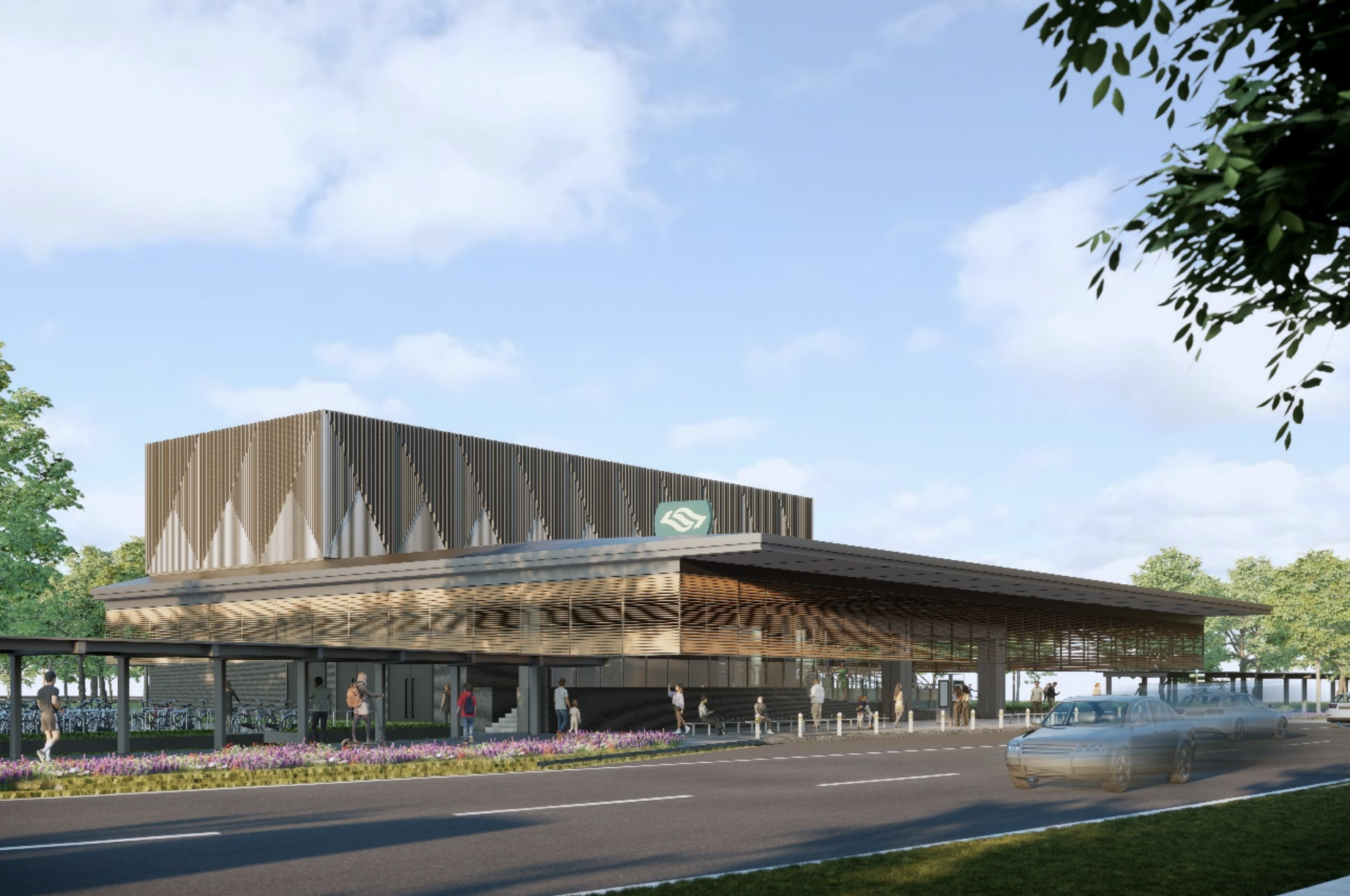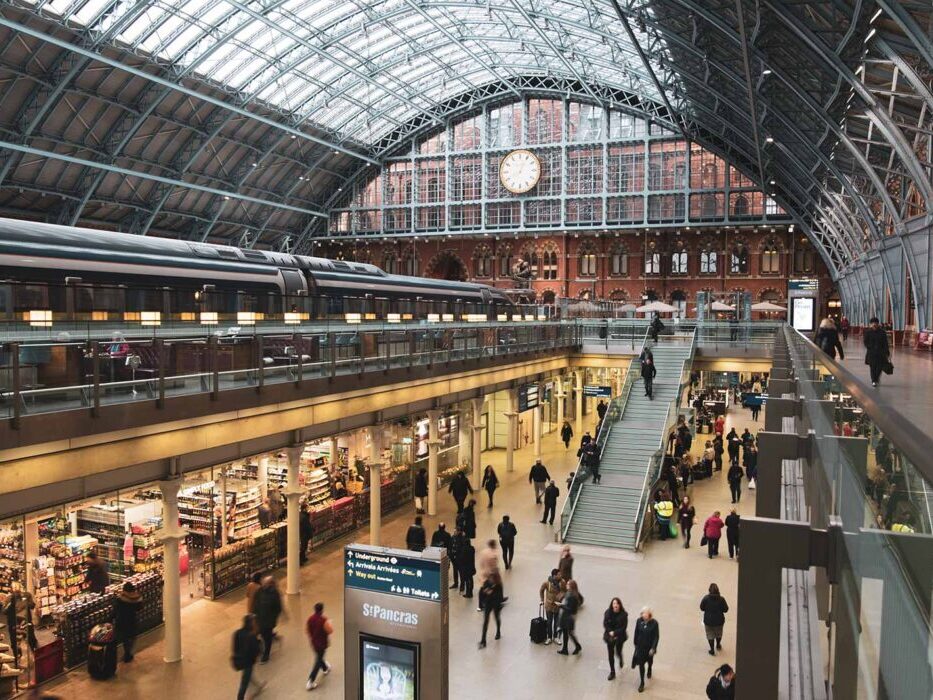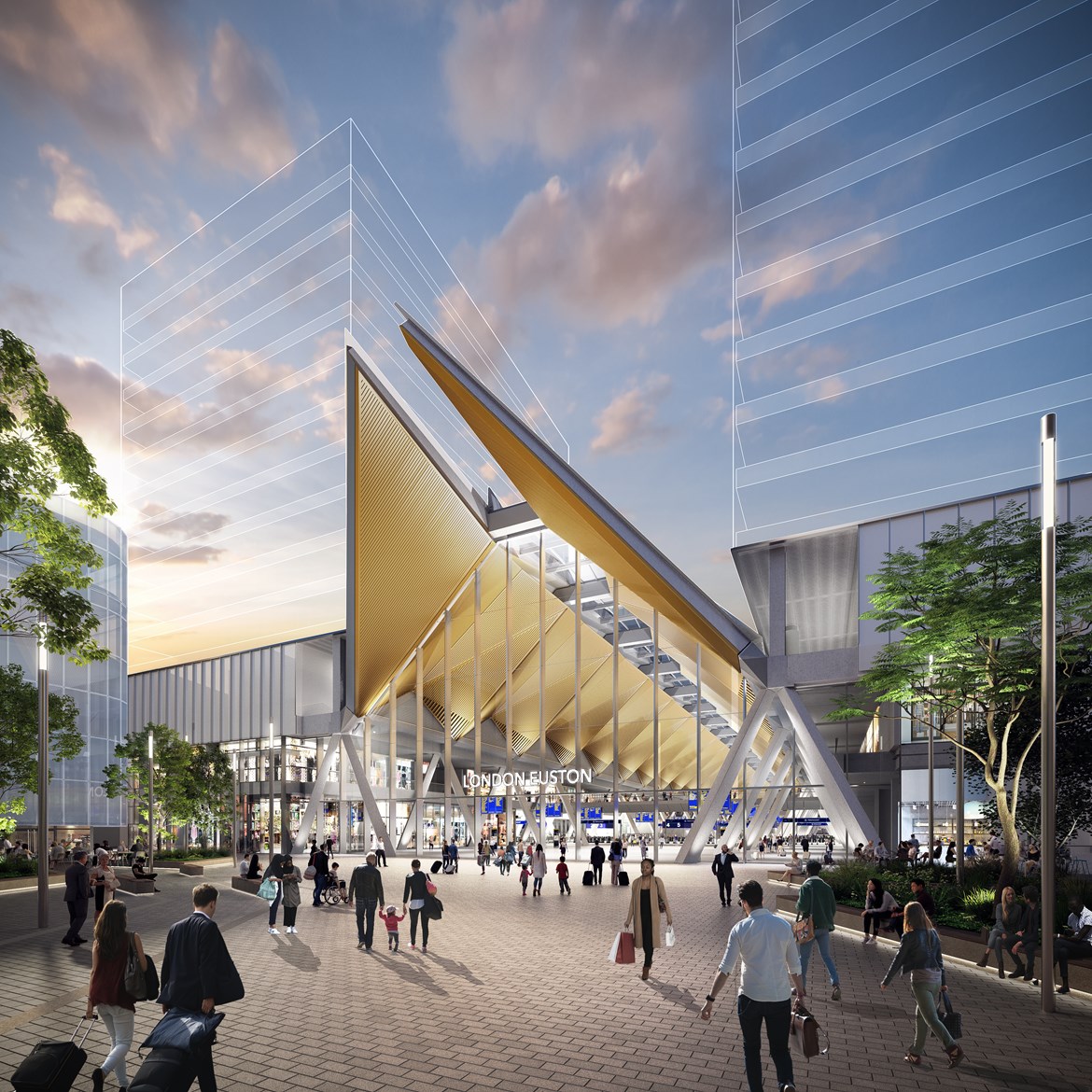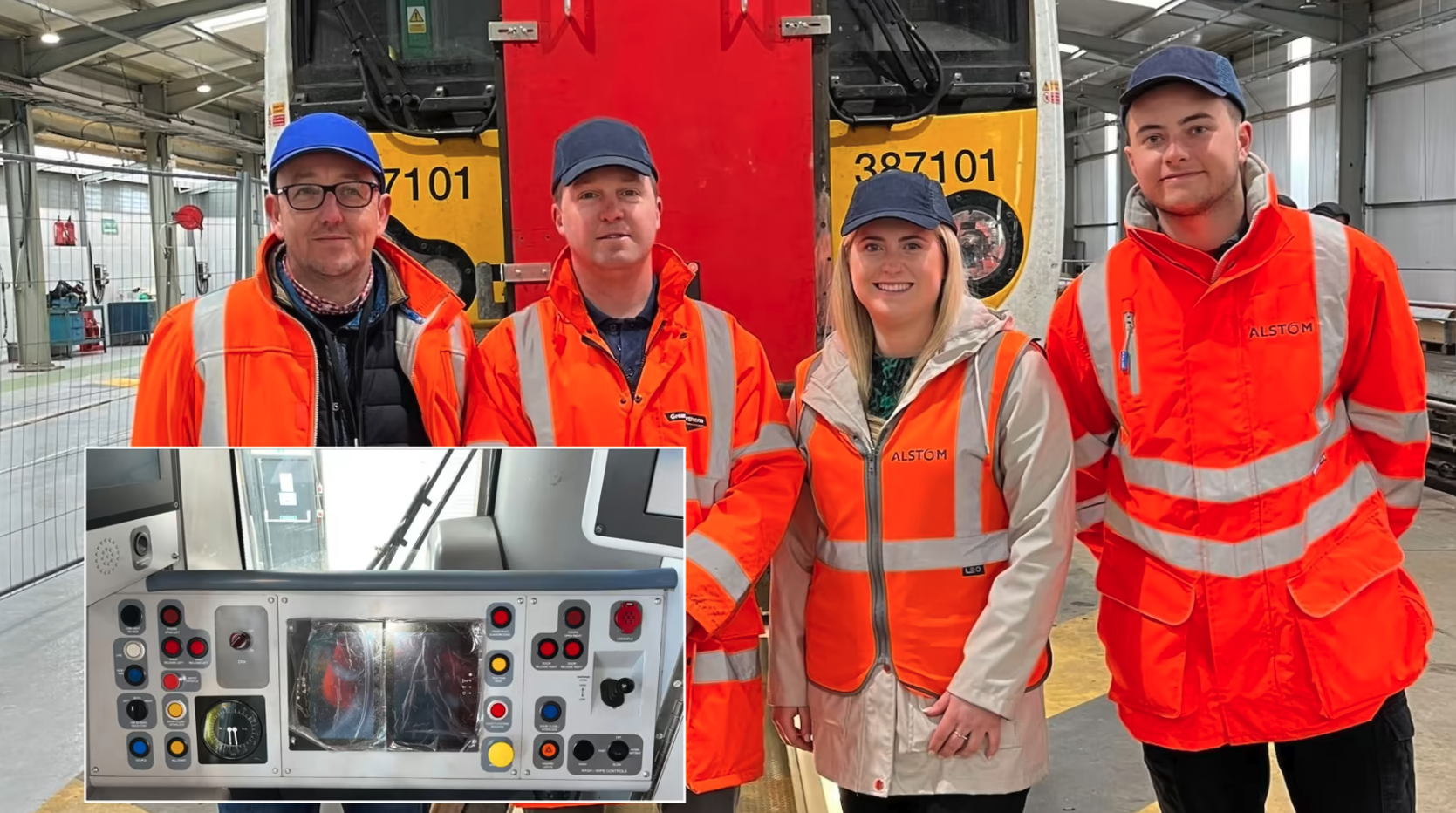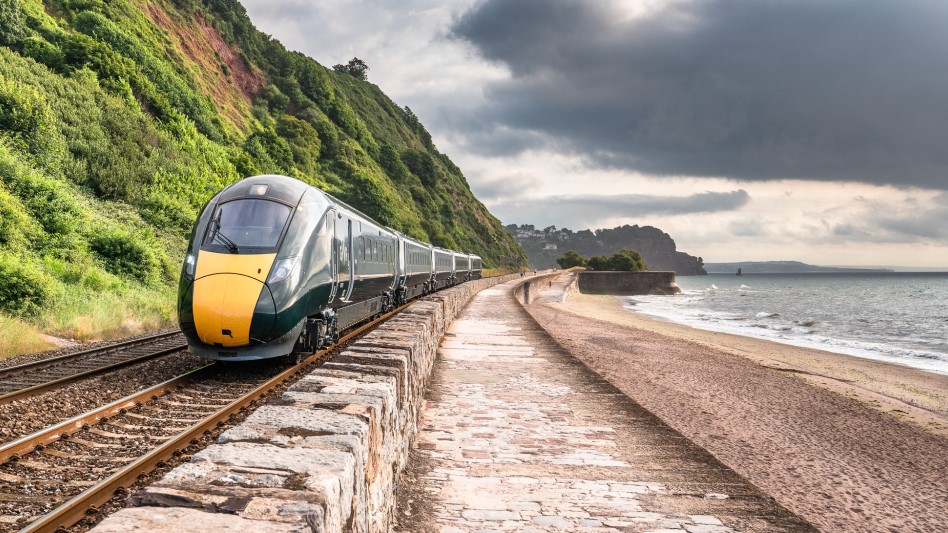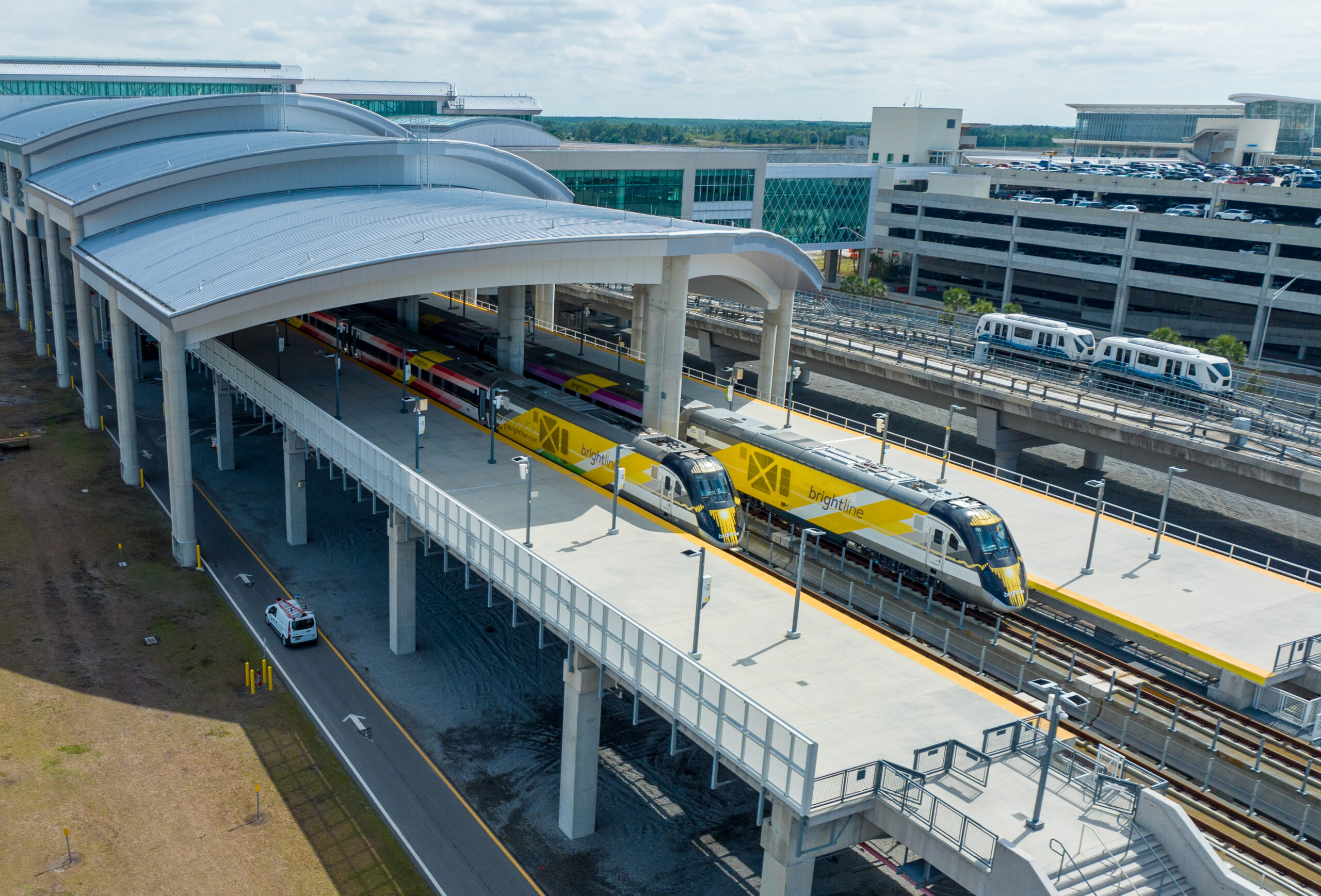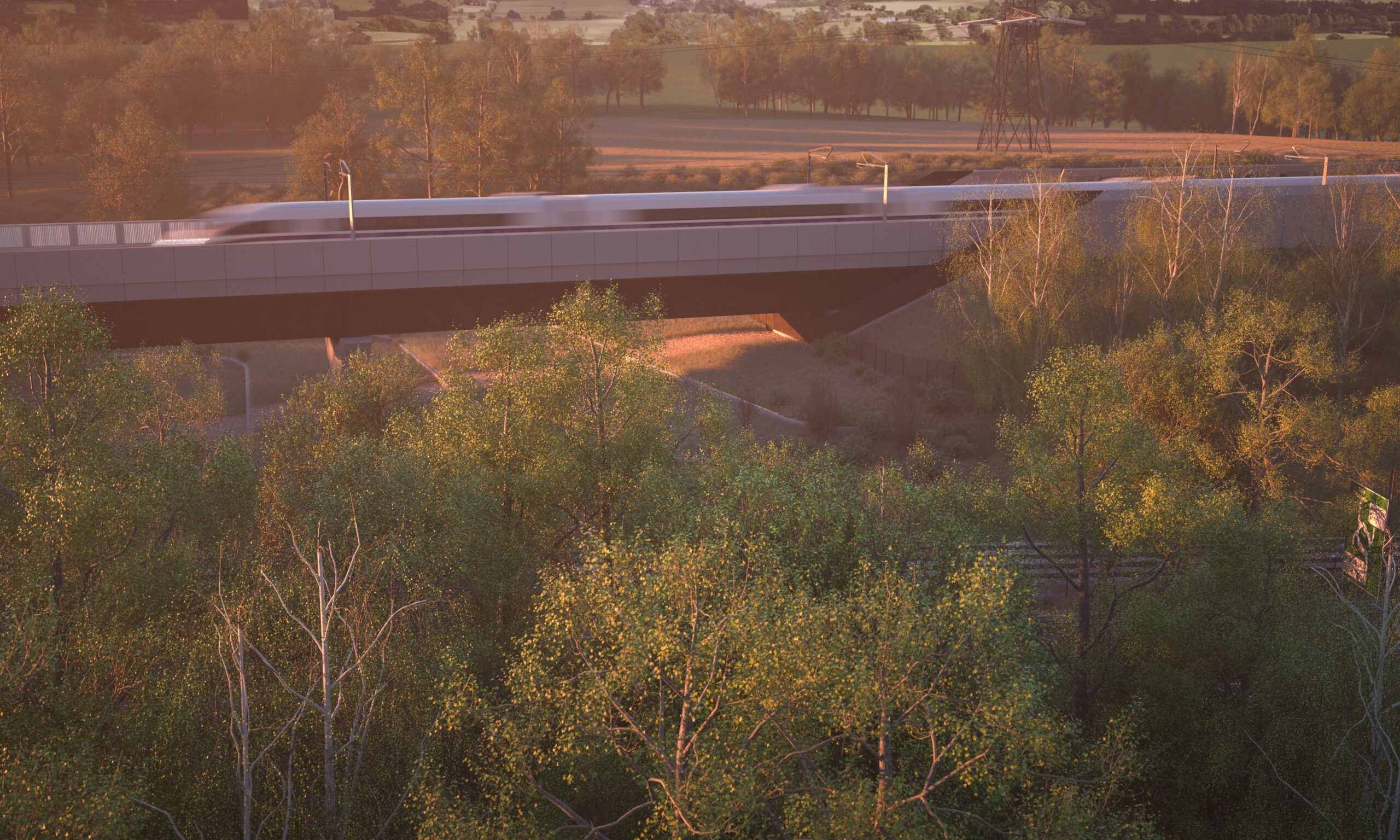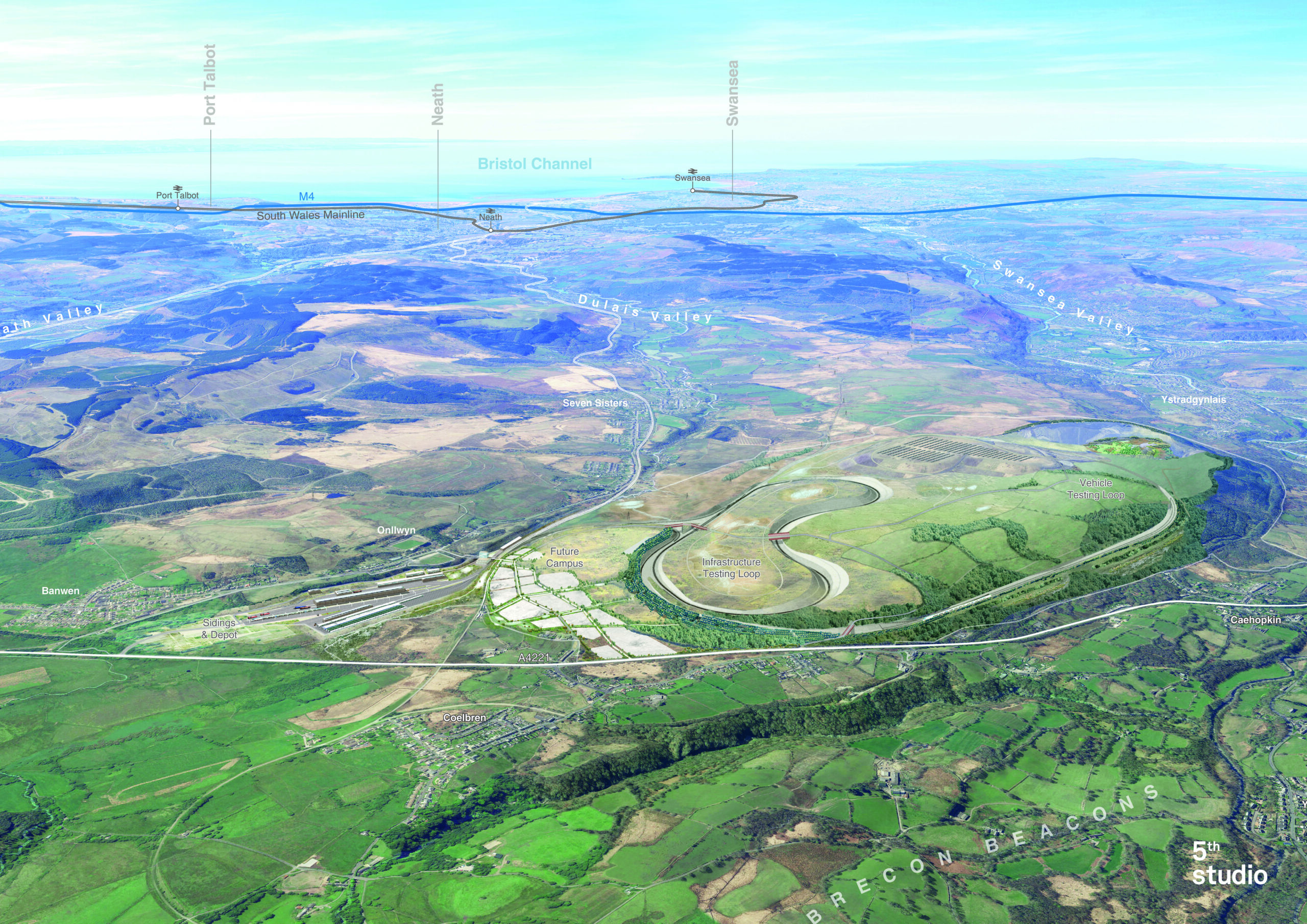High-speed rail arrived in Britain in 2003 with the railway line between London and the Channel Tunnel opening. HS2 is the first new high-speed railway line to be built in Britain since then.
One of the line’s terminus stations will be Curzon Street, in Birmingham’s city centre. The original Curzon Street station started out as a terminus station for the London & Birmingham Railway (L&BR) line, the first intercity line to be built into London, as well as for the Grand Junction Railway (GJR).
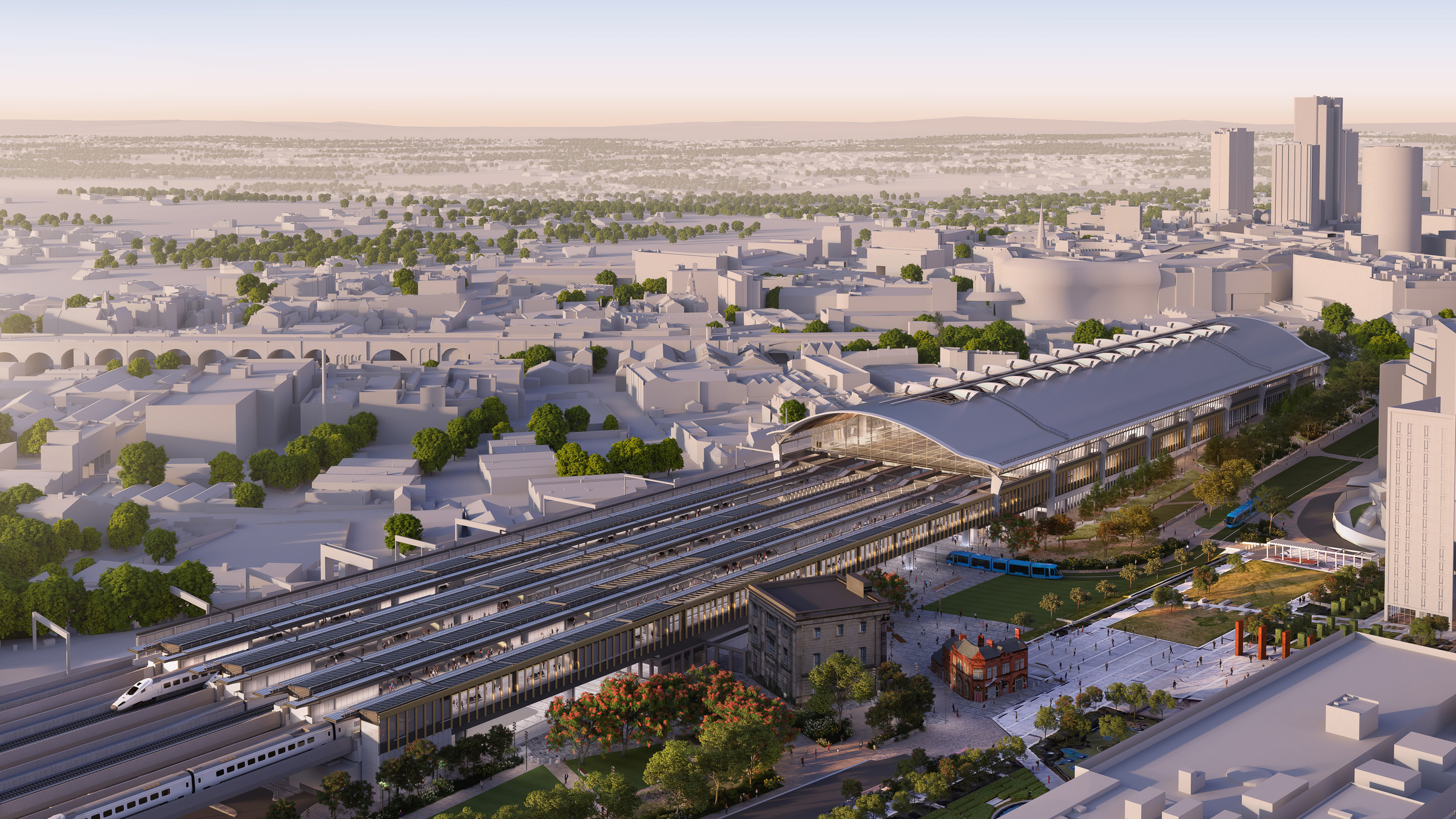
The London & Birmingham Railway company was operational between 1833 and 1846 after which it became part of the London and North Western Railway (L&NWR), which in turn was operational between 1846 and 1922.
The 112-mile line to London Euston was formally opened on 24 June 1838 and the first train from London arrived at Curzon Street on 17 September of that year. Curzon Street remained the passenger terminus for this line until 1854. However, during the 1840s it quickly became apparent that the inability to permit through trains made it inadequate for what was needed at the time. As a result, the newly formed Midland Railway built Birmingham New Street and this new station took over most of Curzon Street’s passenger traffic in 1854.
From the 1850s until the mid-1960s, Curzon Street was used for handling freight traffic.
Archaeological Discovery: The Roundhouse
With the construction of HS2, a new Curzon Street station is being built as a terminus in Birmingham’s city centre. As part of these works, archaeological teams have been on site. One of their discoveries has been the world’s oldest railway roundhouse. Designed by Robert Stephenson, this roundhouse was operational on 12 November 1837, almost two years before the current recordholder in Derby.
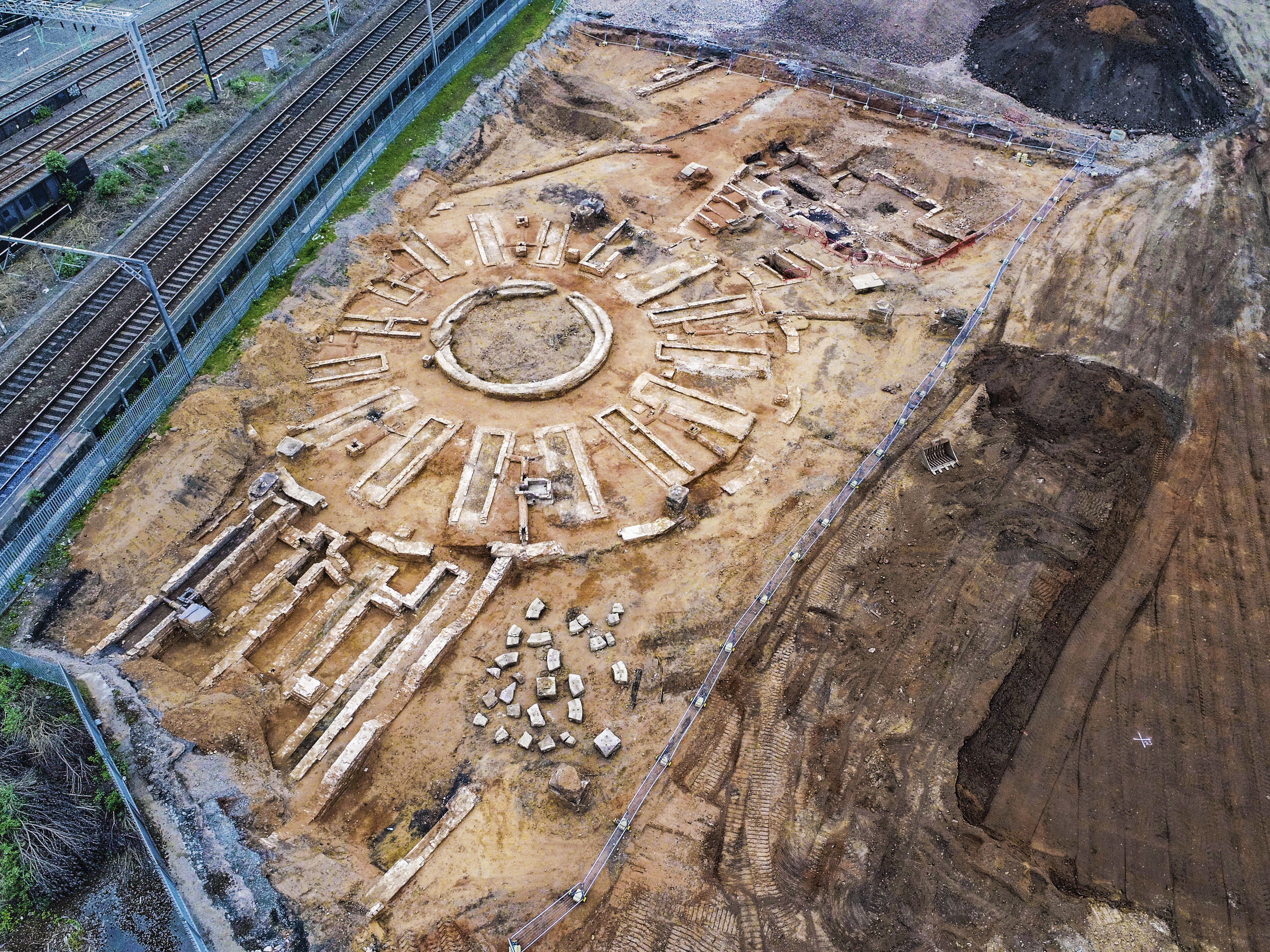
The surviving remains of the roundhouse include evidence of the base of the central turntable, the exterior wall and the 3ft deep radial inspection pits surrounding the turntable. The roundhouse and its turntable were used to turn around engines to enable the locomotives to return back down the line. It was also used to store and service engines. Its corollary in London is now the famous Roundhouse music venue in Camden.
Curzon Street’s Entrance Building
Curzon Street’s original entrance building still survives and is now Grade I listed. It was designed by Philip Hardwick to mirror the now demolished Euston Arch, which he also designed. The entrance building is one of Birmingham’s most historically significant structures and also one of the finest examples of railway architecture in the world. Built in 1838, the intention was to use it as the L&BR’s offices and boardroom. In 1839 the interior was modified to accommodate a hotel and in 1841 a hotel extension was constructed.
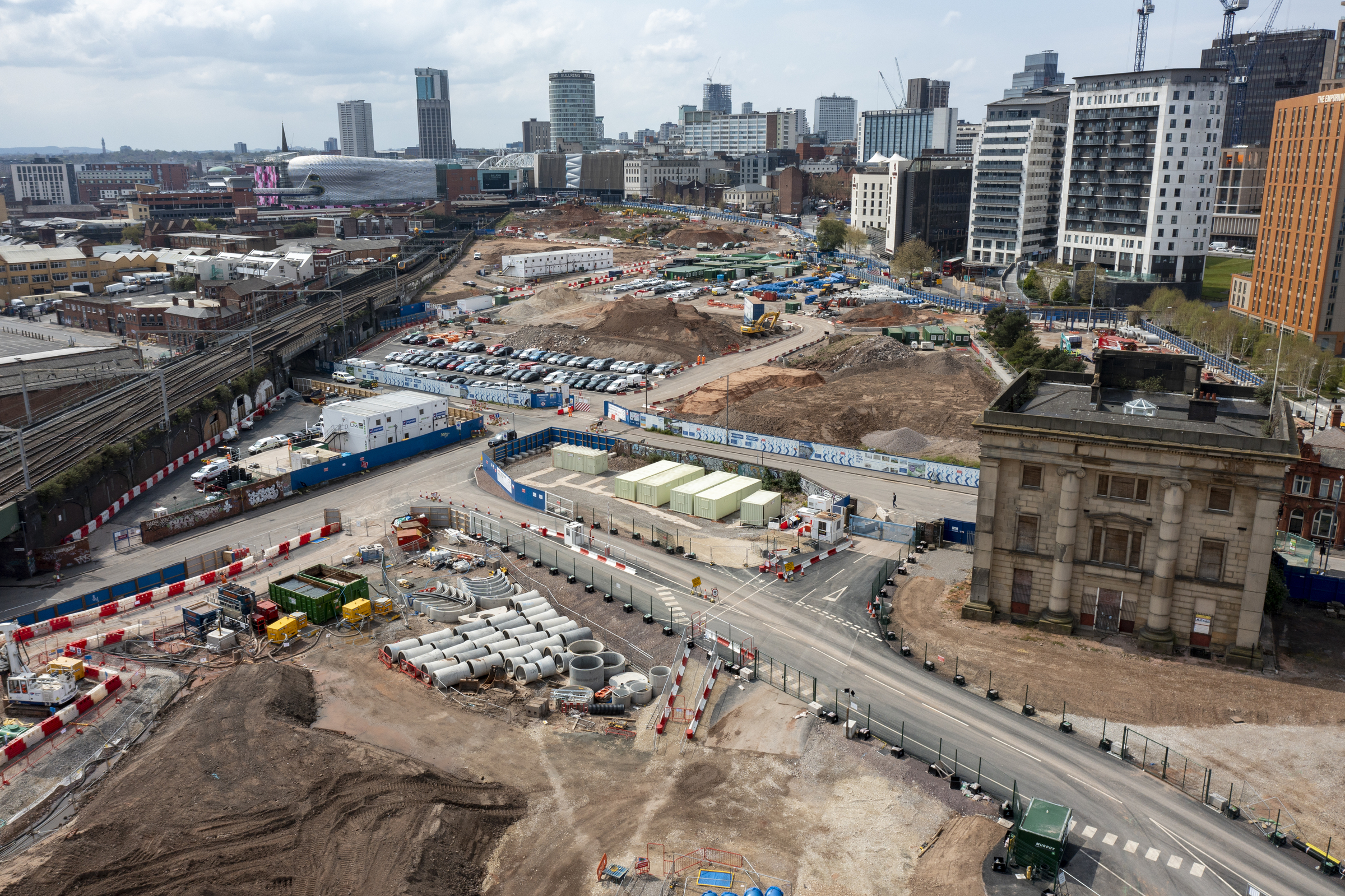
The hotel was the first building in Birmingham to be fitted with gas lighting. It also featured a hydraulic lift, which was quite a technical feat at the time. As a station hotel, the entrance building was popular for wealthy travellers.
The Birmingham-London Line Then and Now
The first train from London Euston to Curzon Street took 4 hours and 48 minutes. It took 20,000 men almost five years to construct.
Now, in 2023, the Curzon Street site for the new HS2 station is continuing to be prepared for construction, with utility diversions and ground remediation works under way. The Grade I listed entrance building is also being refurbished. The HS2 trains will enter Curzon Street station via viaducts. The bored piles are being installed across the site to create the foundations for these. Once these are in place, the supporting piers and deck will be built.
Once the high-speed trains start running on the new line, passengers will be able to travel between London Euston and Birmingham Curzon Street in just 49 minutes.

















